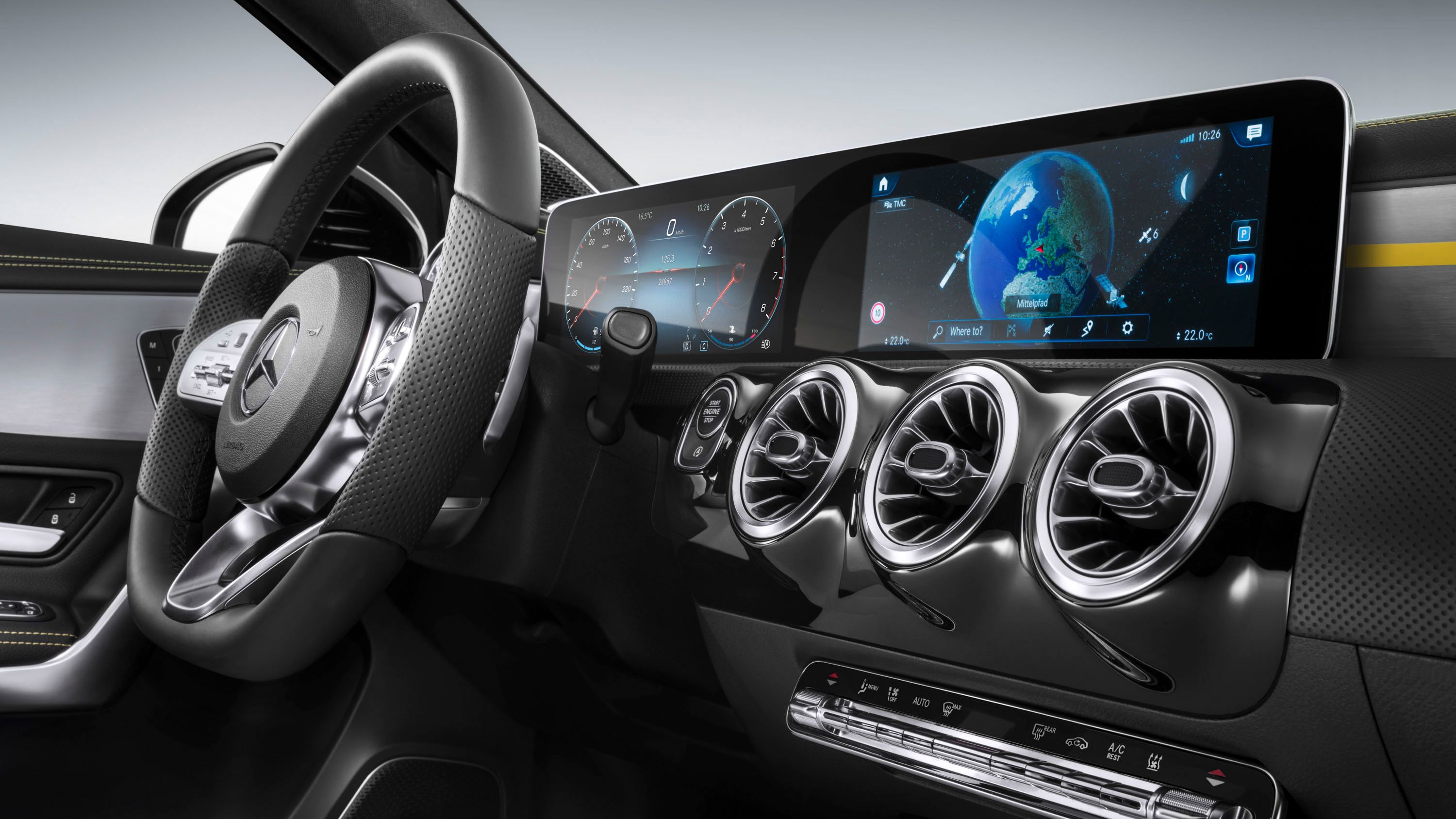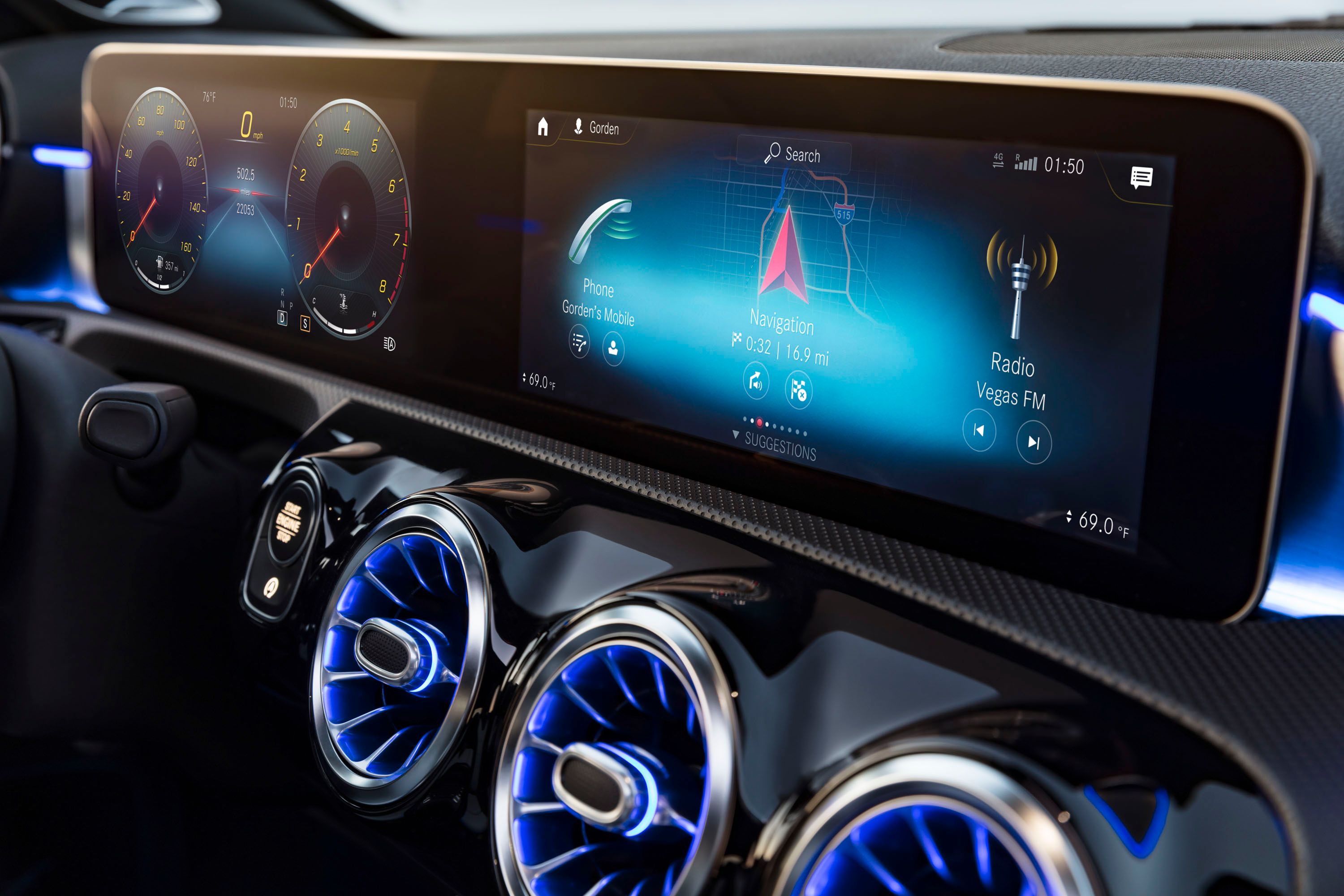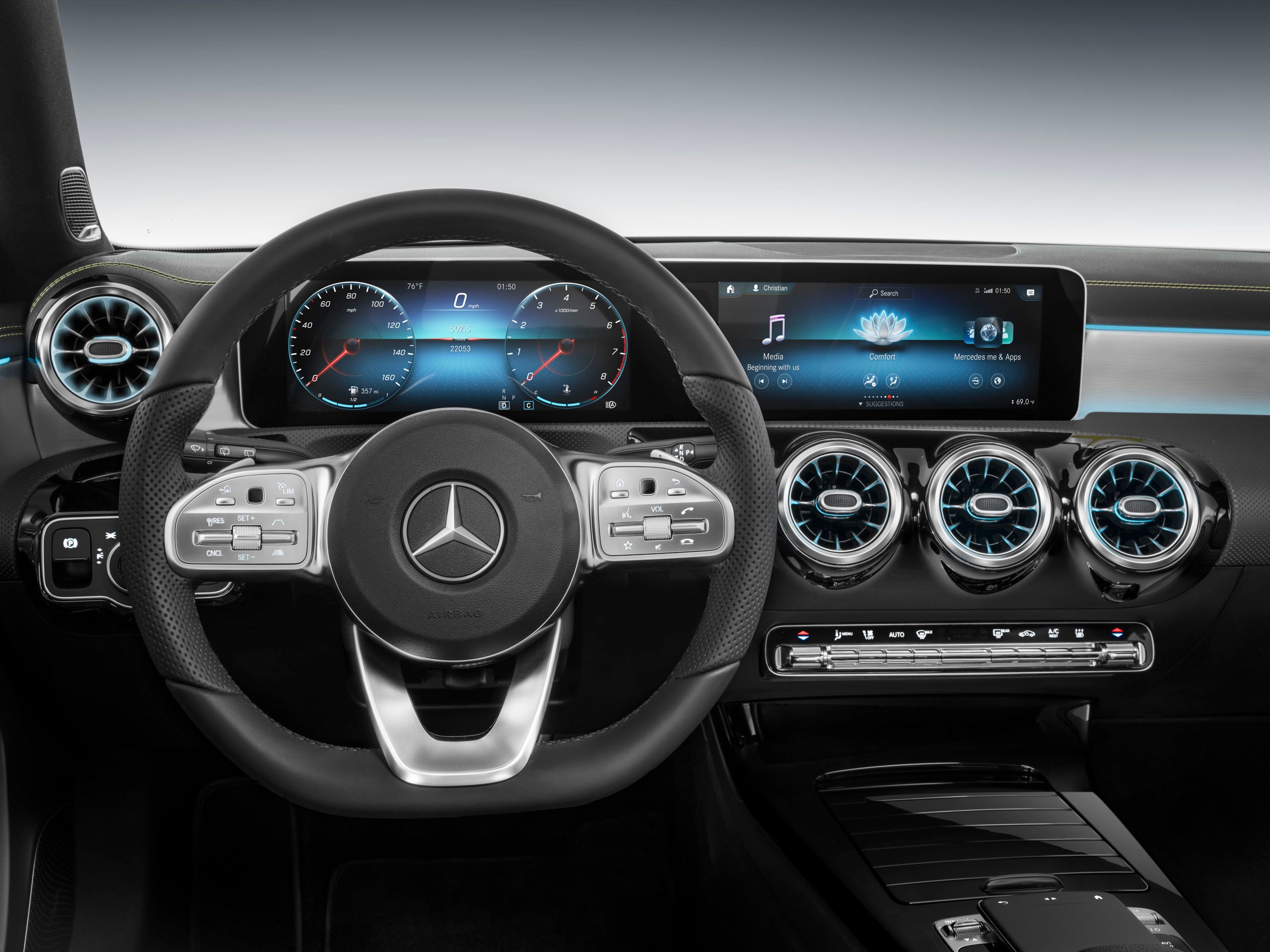The Mercedes-Benz C-Class is classified as a facelifted model, but it might as well be an all-new one. It has a new front grille, updated powertrains, and a new electrical architecture. It even has 25,000 new components, which is a lot for an all-new model, let alone one that’s in the middle of its life cycle. What it doesn’t have, though, is the automaker’s new Mercedes-Benz User Experience (MBUX) infotainment system.
If you’re wondering why that’s the case, Mercedes has a perfectly good explanation. According to C-Class program manager Christian Fruh, the simple reason behind the MBUX’s exclusion in the C-Class is because the electrical architecture of the car is based on the same one that’s being used on the E-Class and S-Class, and not that of the new A-Class where the MBUX infotainment system is already available. It’s as simple as that.
The good news is that even if the C-Class’ hardware — it’ll still use the Comand (NTG 5.5) system — is older compared to the A-Class’ swanky new MUBX (NTG 6.0) system; the functions are largely similar. It’s only in the interface where there’s a stark difference between the two. On that note, Mercedes is offering two different versions of the display unit, including a fully digital 10.25-inch instrument cluster and a bigger 12.3-inch diagonal display. The two display units can also be found on the GLC E-Cell.
Eventually, the next-generation Mercedes C-Class is the model that’s not only getting the MUBX system, but an enhanced version called the NTG 7.0. For now, though, fans of the C-Class will have to make do with what they’re getting. That’s not a bad thing entirely because the facelifted sedan’s infotainment system can do a lot of what the next-gen unit is able to do. It’s just that Mercedes has different priorities for the C-Class at the moment.
“Our motivation to conduct such a major midlife update was that we wanted to incorporate the driver assistance capabilities of S and E-Class, which requires a significant change in the car’s electronic architecture, which we have done,” Fruh said. “The other big factor is the fact that we are also introducing new engines for C-Class.”
Apparently, that’s a big enough change for the C-Class on its own, and to its credit, there are some improvements on this front as well. For instance, the automaker’s new diesel engines reduce fuel consumption and harmful NOx particles by up to 13 percent and 80 percent, respectively.
References
Read our full review on the 2018 Mercedes-Benz C-Class.
Read our full review on the 2018 Mercedes-Benz A-Class.
Read more Mercedes-Benz news.



